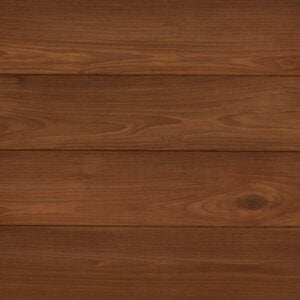How reclaimed Teak Became a Living Case Study in Sustainable Design
More than a decade after installation, the elevated park’s sustainable materials tell a story of time, resilience, and design integrity.
New York City — In the landscape of 21st-century architecture, few projects have captured the public imagination quite like the High Line. What began as a proposal to transform a derelict freight rail line into an elevated public park has become one of New York’s most beloved destinations, welcoming over 8 million visitors annually. But beyond its bold vision and transformative impact on Manhattan’s West Side, the High Line offers something rarer: a living case study in how thoughtfully chosen materials can mature alongside the spaces they inhabit.
The Alchemy of Time
Walk Section 2 of the High Line today, and you’ll encounter benches that tell a story older than the park itself. The reclaimed teak seating, installed when this section opened in 2011, has undergone a remarkable transformation. What once gleamed with the warm honey tones of freshly milled tropical hardwood has evolved into something altogether more sophisticated: a silvered patina that speaks to both the material’s history and its ongoing relationship with the elements.
Sourced from post-consumer structures—old buildings, bridges, docks, and rail infrastructure—our reclaimed teak carries the character of its past while supporting a more circular, regenerative future.
Built to Last
The material selection for the High Line was never about following trends. When the design team—comprising Diller Scofidio + Renfro and James Corner Field Operations—began sourcing elements for the park, they sought materials that could hold their own against both the industrial heritage of the site and the wild landscape design that would define it. During this time it was also brought to light that many FSC Certified sources of Ipe were being unethically harvested. The design team shifted focus to TerraMai as a trusted source for sustainable wood and proceeded with confidence on the materials being used.
During this time it was also brought to light that many FSC Certified sources of Ipe were being unethically harvested. The design team shifted focus to TerraMai as a trusted source for sustainable wood and proceeded with confidence on the materials being used.
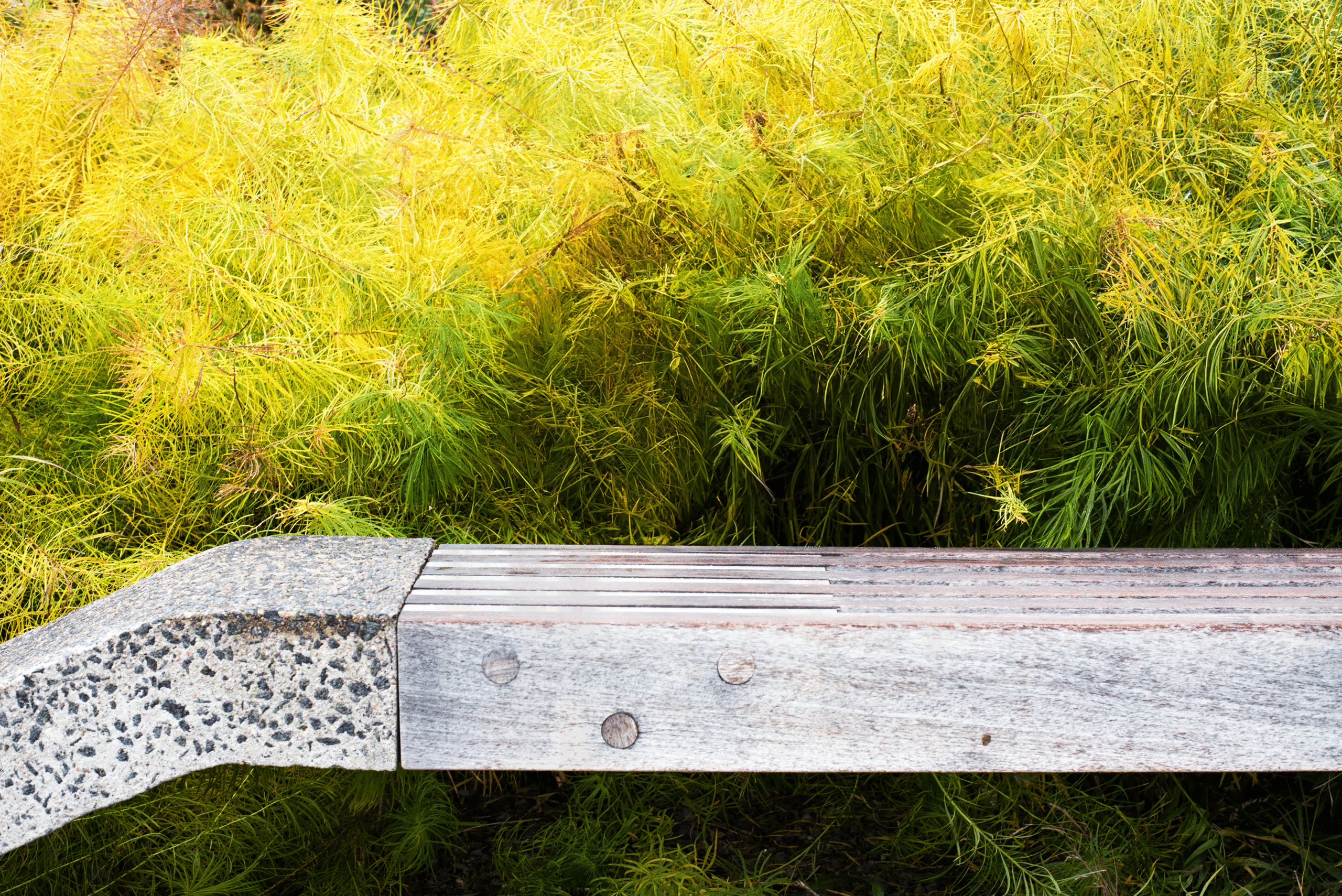
Our reclaimed teak added an essential warmth to the post-industrial aesthetic. But more importantly, it brought proven sustainability. Our Teak was – and is – certified sustainable and reclaimed by our rigorous sourcing processes. This wasn’t wood experiencing its first life cycle—it was material that had already demonstrated its resilience across decades of use before finding new purpose along the elevated corridor.
Performance Under Pressure
Few public spaces face the daily intensity of the High Line. The narrow, linear park channels millions of visitors through a carefully choreographed sequence of experiences, with seating areas serving as crucial respite points along the journey. The benches must withstand not just New York’s punishing climate—from summer heat that can exceed 90°F to winter freezes that dip below zero—but also constant human interaction.
More than thirteen years later, the evidence is underfoot. The teak remains structurally sound, its surface smoothed not by wear but by use. The silvering process—a natural oxidation that occurs when teak is exposed to ultraviolet light and moisture—has created a finish that no stain or treatment could replicate.
.
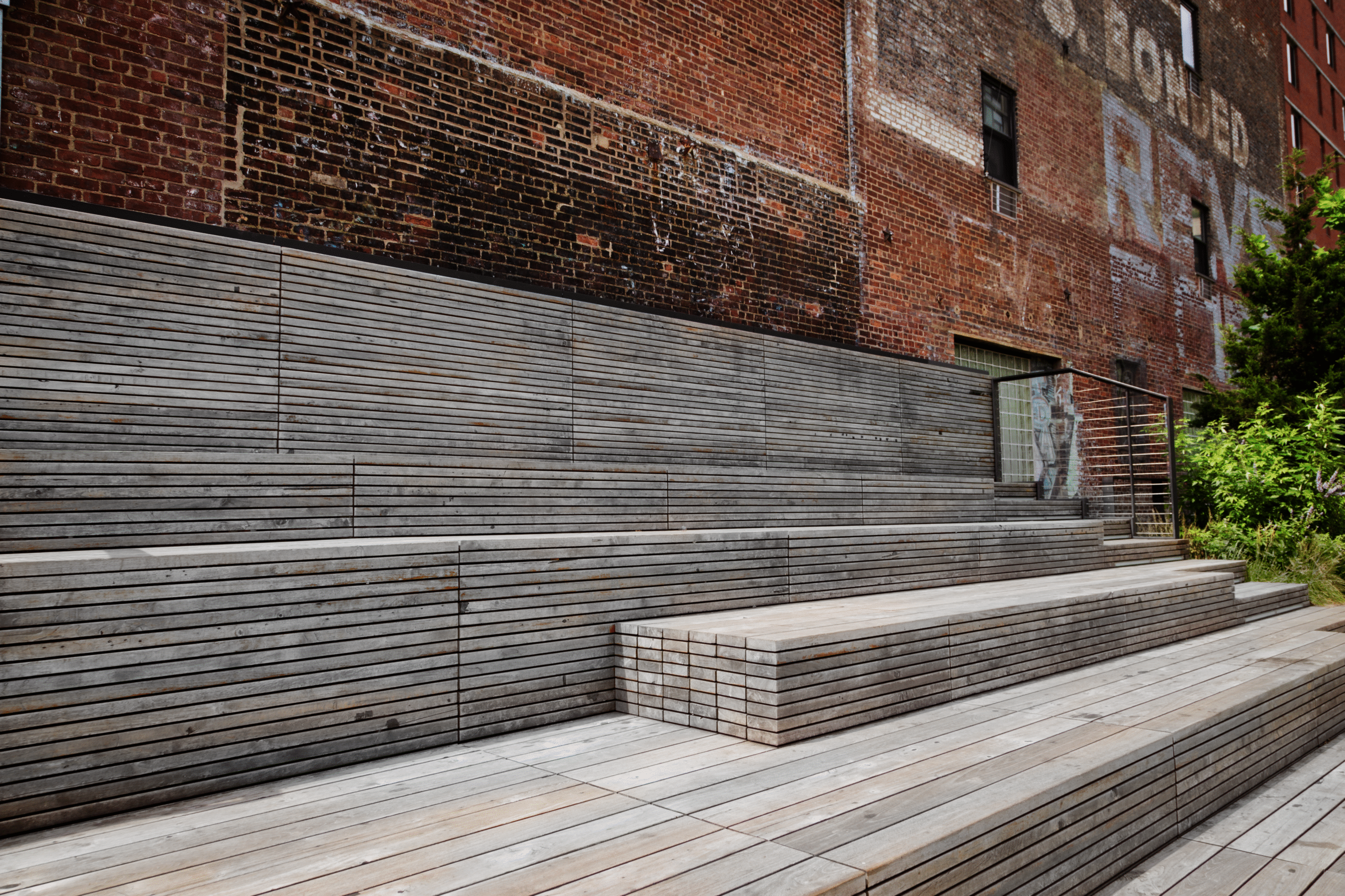
The Broader Implications
As architects and landscape designers increasingly seek materials that can meet both environmental and performance standards, the High Line provides tangible evidence of what’s possible. The project’s influence extends far beyond its physical boundaries—it has inspired elevated parks in cities worldwide and shifted conversations about urban green space, post-industrial reuse, and the relationship between nature and infrastructure.
But perhaps its most valuable lesson lies in its material choices: the understanding that true sustainability isn’t measured in the first year after installation, but in the decades that follow. In an industry often driven by imagery and immediate impact, the High Line’s weathered teak benches offer a quieter testimony to the power of patient design.
A Living Laboratory
Today, as the High Line enters its second decade, it continues to serve as an invaluable testing ground for sustainable design principles. The teak benches, now bearing the gentle patina of time and use, stand as proof that reclaimed materials can deliver both environmental benefits and lasting beauty.
For the millions who visit each year, these benches provide more than just a place to rest. They offer a tangible connection to the park’s philosophy: that the most powerful design moves often come not from imposing the new, but from revealing the beauty that already exists—whether in an abandoned rail line or a piece of well-traveled wood finding its next chapter in the sky above Manhattan.
In a city that never stops changing, the High Line’s reclaimed teak reminds us that some changes—the slow, honest ones shaped by time and weather and countless human moments—are the most beautiful of all.
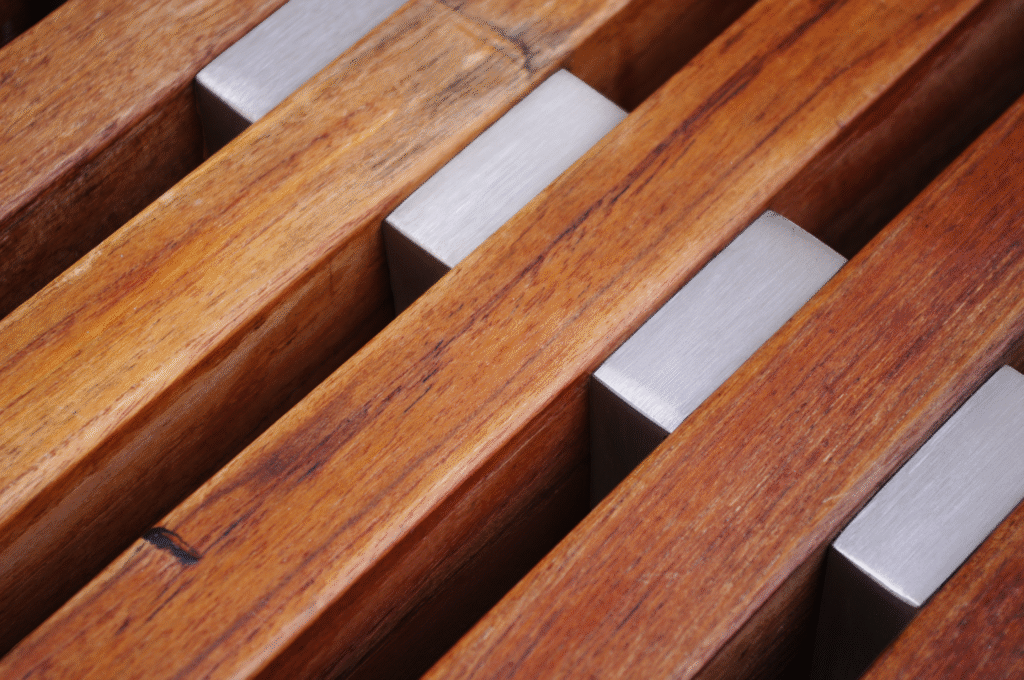
Material Spotlight
Naturally rich in oils and resistant to decay, TerraMai Teak performs beautifully indoors and outdoors, weathering to a soft silver patina or retaining its warmth with the right finish. Offered in a range of profiles and custom options, it’s a proven choice for projects that demand timeless aesthetics, long-term performance, and real environmental impact
Material Source: Reclaimed from vintage structures in Southeast Asia.
Decking Net Dimensions: 7/8″ (22 mm) thick x 5″ (127 mm) face width x 6′ (1,829 mm) to 12′ (3,658 mm) random lengths.
Finish: Low-VOC exterior commercial grade tinted oil applied to all sides, edges, and ends.
Character: TerraMai Select Grade
Architecture & Design:
Diller, Scofidio + Renfro
James Corner Field Operations
Owner & Management:
The City of New York
The High Line, located on Manhattan’s West Side, runs from Gansevoort Street in the Meatpacking District to 34th Street in Hell’s Kitchen. Section 2, featuring the reclaimed teak seating, opened in 2011 and extends from 20th to 30th Street.
Project Gallery
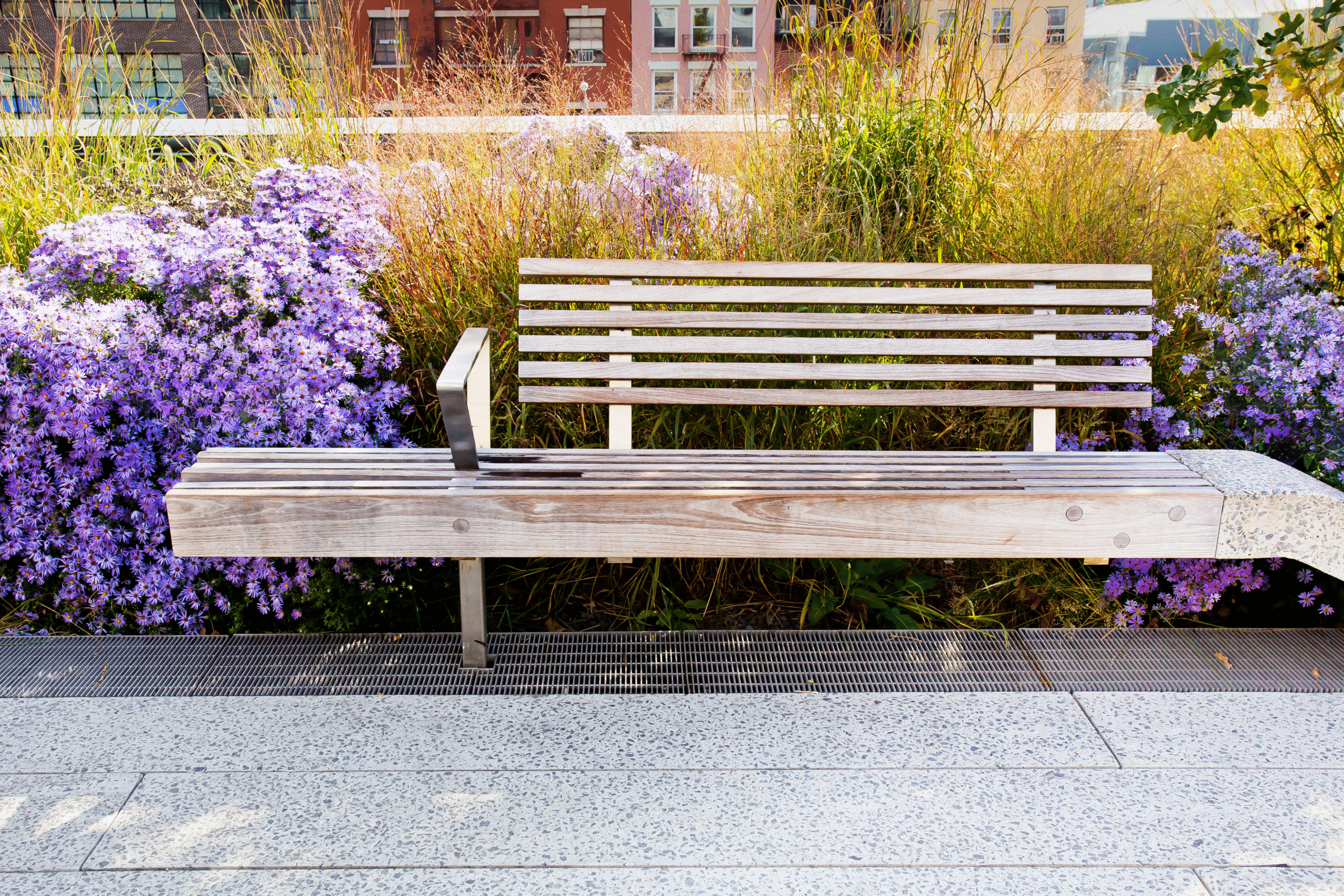


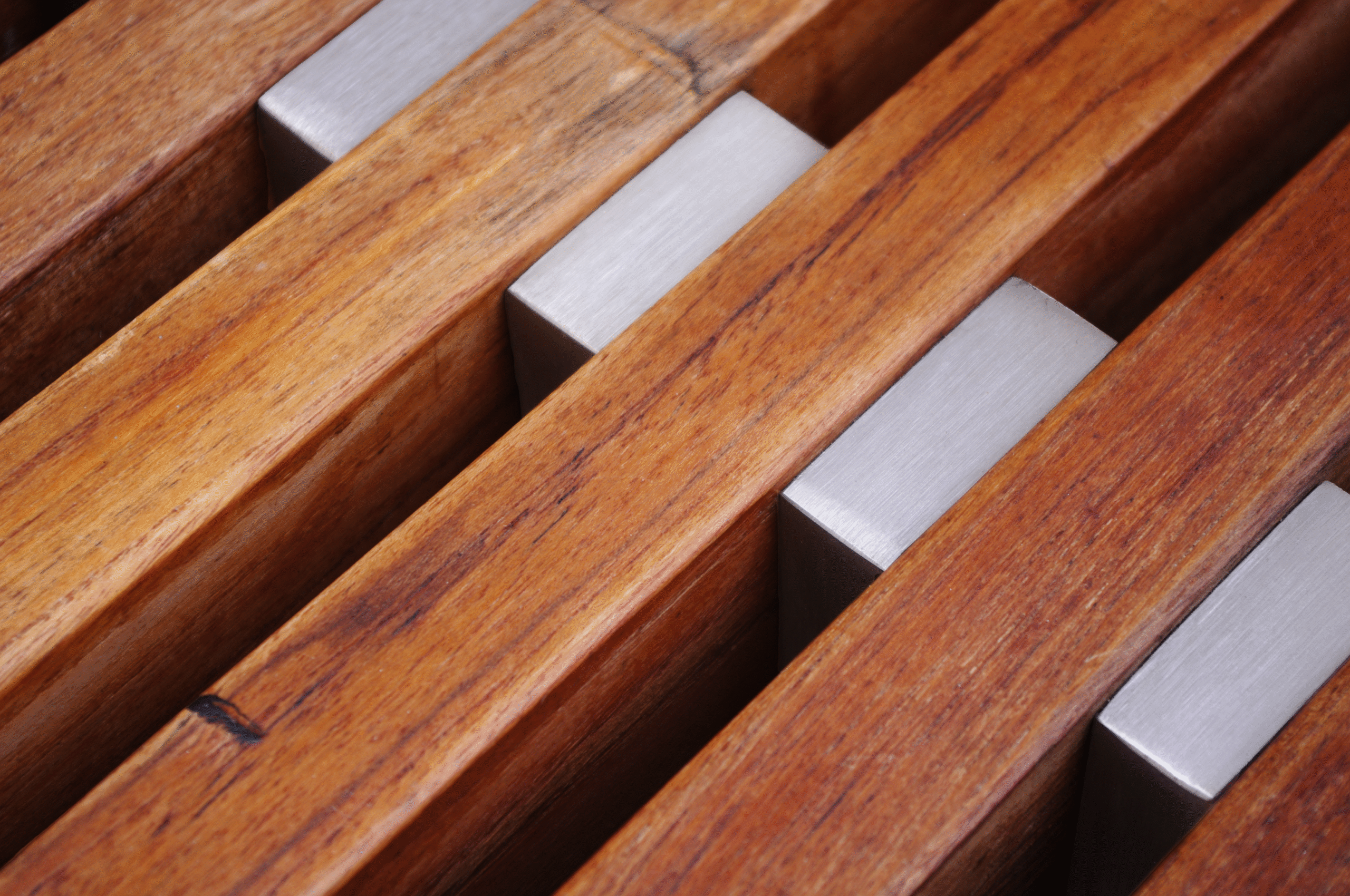
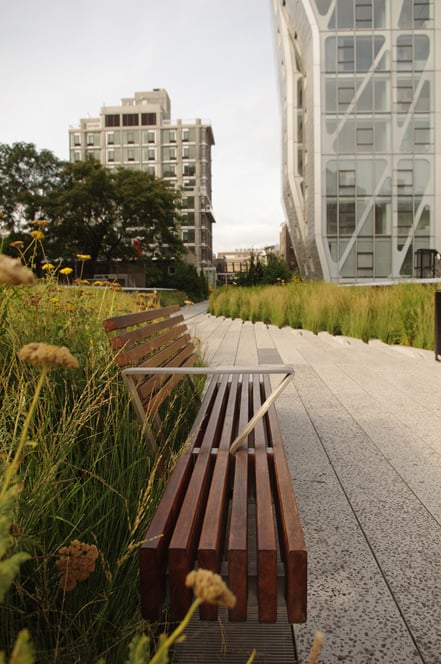
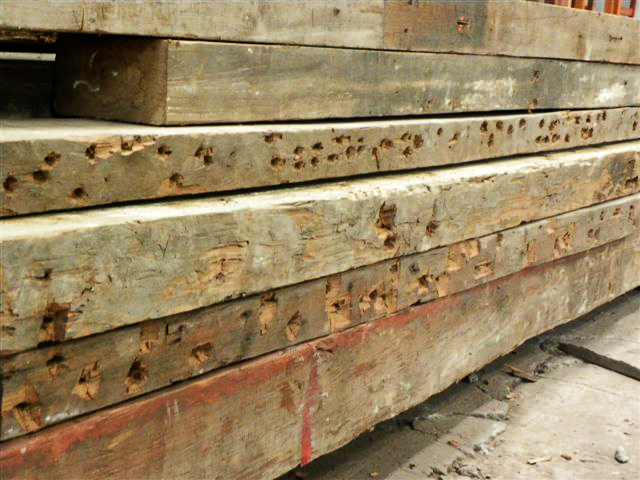


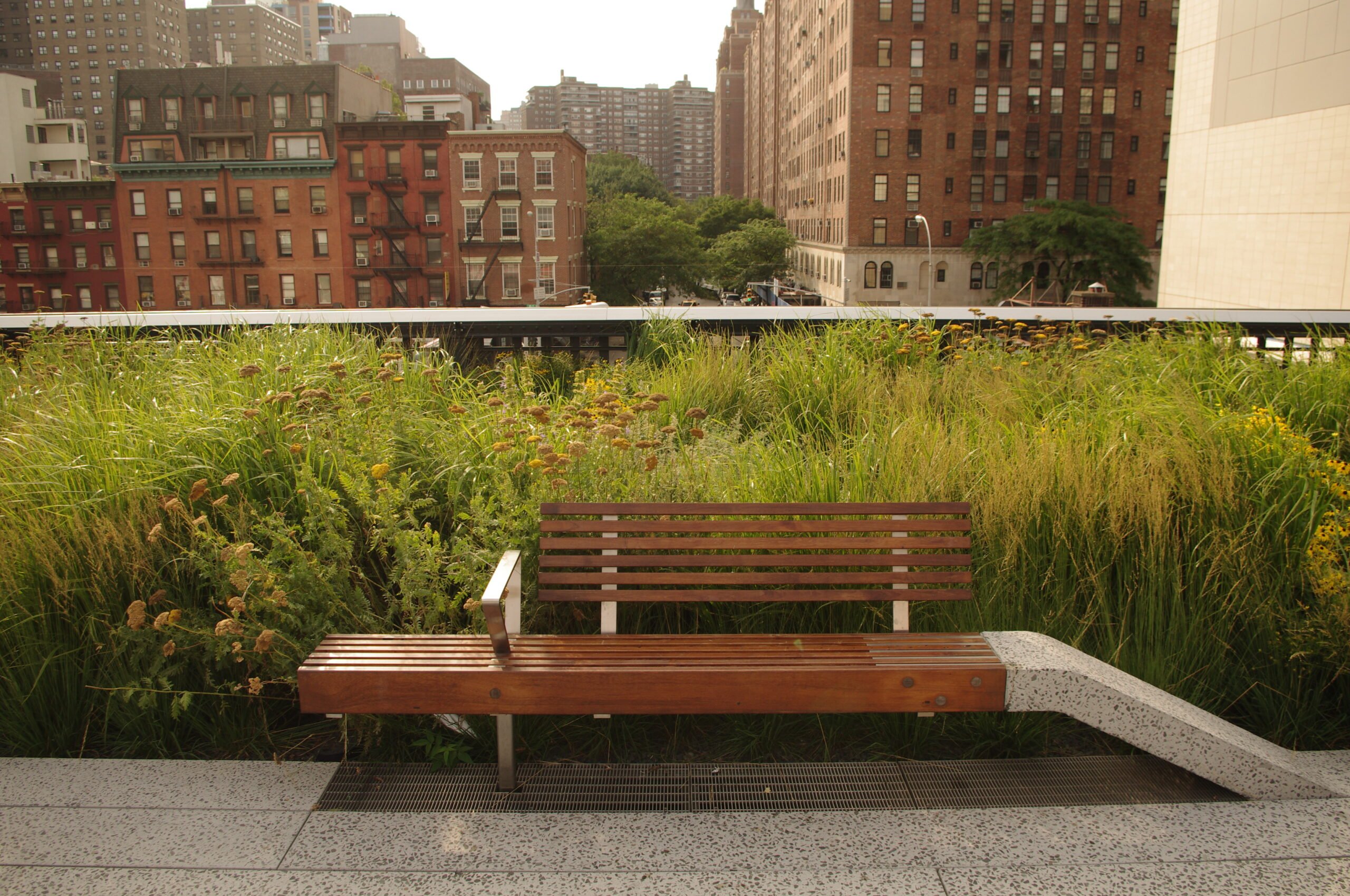
Related Products
Original Project Study \ 2014
Design: Diller, Scofidio + Renfro architects and James Corner Field Operations, landscape architects
Client: Friends of the High Line and the City of New York
Product: Reclaimed Teak Bench Components & Decking
TerraMai was thrilled to work on this landmark project for a variety of reasons – the opportunity to be a part of one of the hippest public spaces in the world; the chance to work with top pros, committed community volunteers and the City of New York; and the opportunity to set a game-changing precedent by replacing rain-forest pillaged ipe with sustainably sourced reclaimed teak on one of the most influential municipal projects on the planet.
All of these elements came together beautifully on this project, which highlights TerraMai’s ability to do custom work and meet technical specifications of the highest level.
The High Line was originally constructed in 1930 as part of a large public-private infrastructure project called the West Side Improvement. The project lifted train traffic in this then-heavily industrial area 30 feet above street level. This enabled rail, vehicle and foot traffic to all flow more efficiently and safely. As Manhattan’s lower West Side transitioned from primarily industrial to more commercial and residential uses, the need for this elevated train traffic declined. The last train to run on the line came to a permanent stop in 1980.
When the High Line was targeted for demolition in 1999, community activists mobilized to form Friends of the High Line, a non-profit organization committed to saving and preserving the structure. The group gained official support from the City of New York in 2002 and the two entities have since worked in partnership to preserve, maintain and improve the High Line as a public park.
Critical to this effort has been the design team of landscape architects James Corner Field Operations in collaboration with architects Diller, Scofidio + Renfro. These firms, with input from community supporters, have transformed the structure into one of the most unique and influential public parks in the world.
TerraMai is honored and proud to be a part of this seminal project. TerraMai’s reclaimed teak bench components and decking material can be seen throughout Section 2 of the High Line, from West 20th Street to West 30th Street.
Both the City of New York and the Friends of the High Line gave up the use of FSC ipe in favor of reclaimed teak for Phase II of the project. This decision came in the wake of protests and a slew of bad press in reaction to the use of FSC ipe in Phase I of the works. This outcome is yet another example of the move away from new rainforest-cut wood for environmentally responsible projects throughout the U.S.
More images and info are available at www.thehighline.org.
Working on your next design?
Let’s talk about how sustainable wood can bring warmth, wellness, and story to your next project—or we can send samples of TerraMai Teak your way.
Contact Us